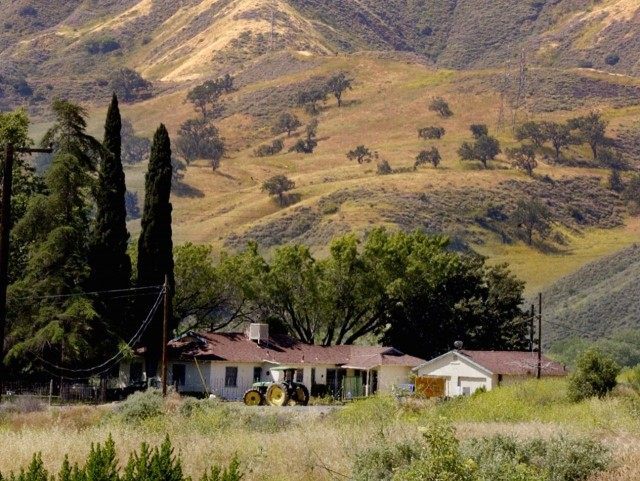The California Supreme Court stopped a development project at Newhall Ranch, north of Los Angeles, over concerns that it would contribute to climate change–though the court admitted it could not say how.
The Newhall Ranch project, according to court documents (via Southern California Public Radio), would be developed over 20 years and “would consist of up to 20,885 dwelling units housing nearly 58,000 residents as well as commercial and business uses, schools, golf courses, parks and other community facilities.
State and federal agencies had prepared an environmental impact statement for the project that considered, among other factors, the amount of greenhouse gases the project would emit. The report concluded that while Newhall Ranch would emit 269,053 million tons of carbon dioxide equivalent, it was impossible to measure a specific environmental impact because of the “absence of scientific and factual information” about the effects on global climate change from a specific local project.
The court acknowledged that was true. Yet it said that the report ought to have considered the “cumulative” impact of the project alongside other projects like it around the world. Furthermore, even though the Newhall Ranch project was designed to produce 31% fewer emissions than a projected “business-as-usual” scenario–better than the state’s 29% goal–that “business-as-usual” scenario wrongly assumed that methods to estimate economic activity statewide would apply to that particular development site.
The court found “no substantial evidence that Newhall Ranch‘s project-level reduction of 31 percent in comparison to business as usual is consistent with achieving A.B. 32‘s statewide goal of a 29 percent reduction from business as usual” (original emphasis).
In other words: the science was sound, but the government failed to comply with what the law implies the science ought to be.
The report was also faulted for assuming a species of fish, the unarmored threespine stickleback, would be relocated to minimize impact.

COMMENTS
Please let us know if you're having issues with commenting.